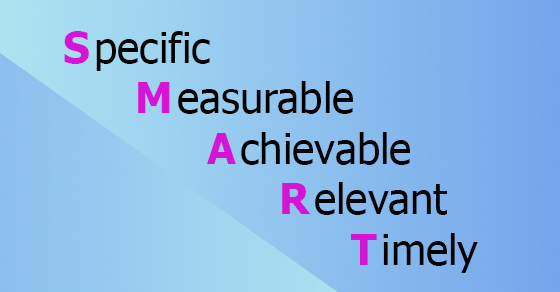Strategic planning is key to ensuring every company’s long-term viability, and goal setting is an indispensable step toward fulfilling those plans. Unfortunately, businesses often don’t accomplish their overall strategic plans because they’re unable to fully reach the various goals necessary to get there.
If this scenario sounds all too familiar, trace your goals back to their origin. Those that are poorly conceived typically set up a company for failure. One solution is to follow the SMART approach.
Definitions to work by
The SMART system was first introduced to the business world in the early 1980s. Although the acronym’s letters have been associated with different meanings over the years, they’re commonly defined as:
Specific. Goals must be precise. So, if your strategic plan includes growing the business, your goals must then explicitly state how you’ll do so. For each goal, define the “5 Ws” — who, what, where, when and why.
Measurable. Setting goals is of little value if you can’t easily assess your progress toward them. Pair each goal with one or more metrics to measure progress and success. This may mean increasing revenue by a certain percentage, expanding your customer base by winning a certain number of new accounts, or something else.
Achievable. Unrealistically aggressive goals can crush motivation. No one wants to put time and effort into something that’s likely to fail. Ensure your goals can be accomplished, but don’t make them too easy. The best ones are usually somewhat of a stretch but still doable. Rely on your own business experience and the feedback of your trusted managers to find the right balance.
Relevant. Let’s say you identify a goal that you know you can achieve. Before locking it in, ask whether and how it will move your business forward. Again, goals should directly and clearly support your long-term strategic plan. Sometimes companies can be tempted by “low-hanging fruit” — goals that are easy to accomplish but lead nowhere.
Timely. Assign each goal a deadline. Doing so will motivate those involved by creating a sense of urgency. Also, once you’ve established a deadline, work backwards and set periodic milestones to help everyone pace themselves toward the goal.
Eye on the future
Strategic planning, and the goal setting that goes along with it, might seem like a waste of time. But even if your business is thriving now, it’s important to keep an eye on the future. And that means long-term strategic planning that includes SMART goals. Our firm would be happy to explain further and offer other ideas.

